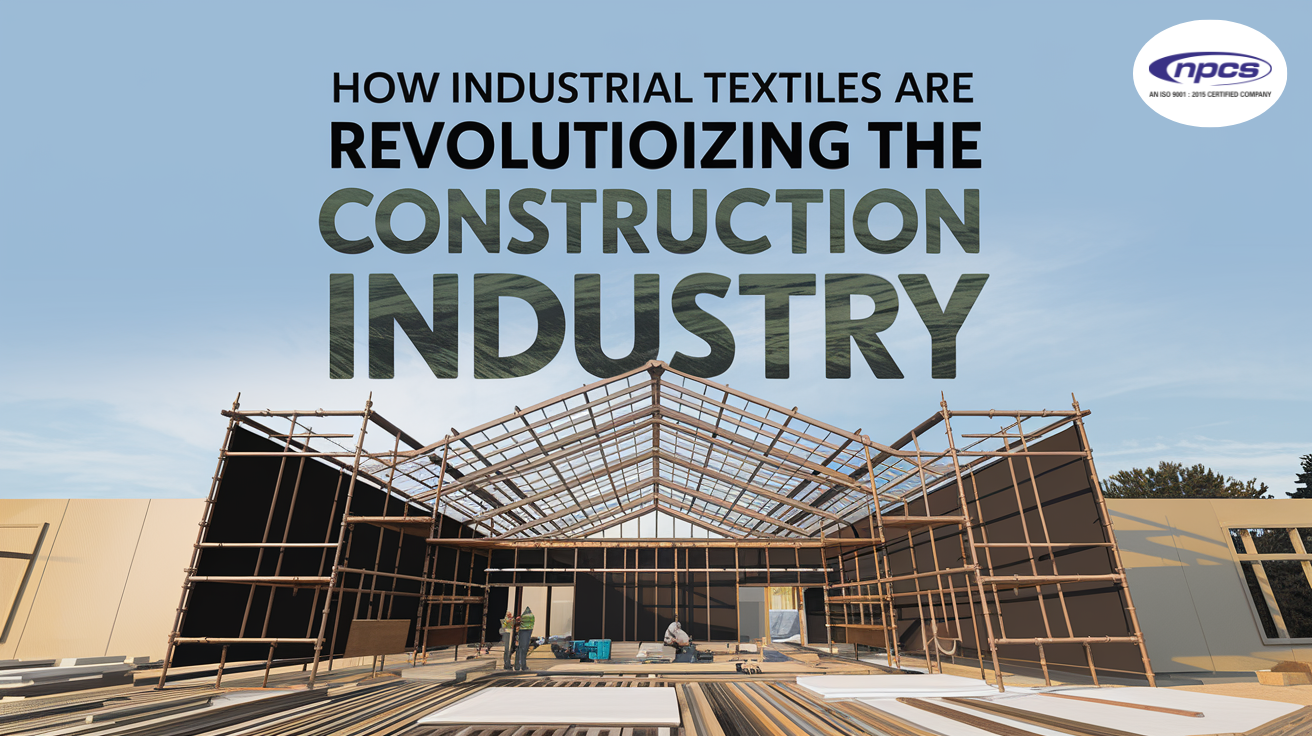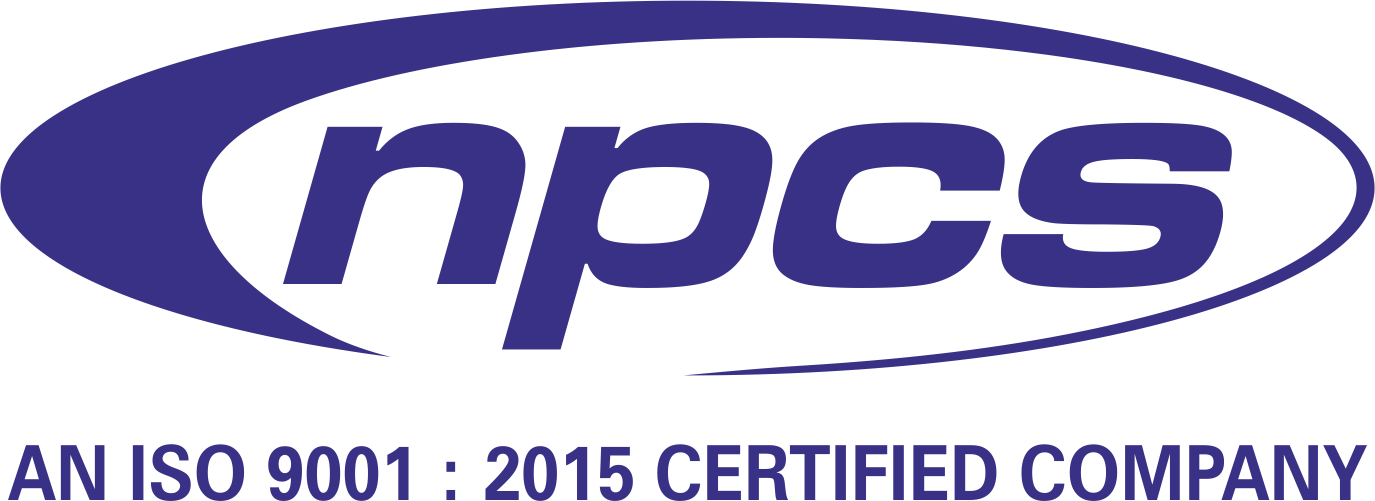Industrial use of textiles is present today in the construction industry. The high-performance fibres that these materials are made from carry solutions to the growing demands of modern construction. Industrial textiles are revolutionising construction, whether for strength, durability, or efficiency, with their applications.
This blog explores industrial textiles as ways of transforming the construction industry, the uses, benefits, and innovations. We go deeper into this exciting sector.
What Are Industrial Textiles?
Industrial textiles are textiles that are engineered to perform functions in industrial circumstances. Regular fabrics are different from those engineered for high performance, strength, and durability. Industrial textiles are used for reinforcing materials, filtration systems, and sometimes used for rendering safety in such hazardous environments.
These textiles are fabricated from materials such as synthetic fibres, woven fabric, and high-tensile-strength threads to enhance different construction processes. Industrial textiles make the construction industry stronger, safer, and more efficient.
Our Books
- Modern Technology of Textile Dyes & Pigments (2nd Revised Edition)
- Handbook on Textile Auxiliaries, Dyes and Dye Intermediates Technology
- The Complete book on Natural Dyes & Pigments
- Modern Technology of Paints, Varnishes & Lacquers (3rd edition)
Key Uses of Industrial Textiles in Construction:
1. Ground Stabilization Geotextiles
Geotextiles are one of the most important industrial textile uses in construction. They install these fabrics between layers of soil to improve ground stability. They also reduce erosion, help control water flow, and increase the strength of the ground under roads and bridges. Builders can also extend the life of their projects by using geotextiles, which decrease the demands for heavy machinery.
Such geotextiles are often used in highway construction to stabilise the soil and keep it from shifting; examples include geotextiles made from synthetic fibers. Strong, lightweight, and resistant to environmental factors, these materials are.
2. Industrial Textiles Reinforced Concrete
Reinforced concrete structures are also reinforced with industrial textiles. When woven fabric of high tensile strength fibres is incorporated into concrete, it becomes stronger and more resistant to cracking. It is particularly critical for the long life durability of large buildings, highways, and dams.
Industrial textiles have high tensile strength and good absorption capacity, making them ideal reinforcement for concrete. It improves the flexibility of the material to have it able to withstand more stress and pressure.
Project Reports
- Manufacturing of Disposable Personal Protective Equipment (PPE) Kit
- HDPE PP Woven Sacks
- Spinning Mill Business | Most Profitable Textile Spinning Business
- Business Plan for Polyester Textured Yarn from Used Pet Bottle
3. Material Transport by Conveyor Belts
In construction they are used to move around the site quickly and efficiently by means of conveyor belts. Durable industrial textiles are used to make these conveyor belts that can get through a lot of rough weather and heavy loads. These belts make use of high-tensile-strength synthetic fibres to prevent damage even when you are carrying rough materials like cement or gravel.
For example, doing away with the friction between the belt and those materials being transported reduces the friction. Also, this makes for smoother operations and less wear on the machinery.
4. Safety protective clothing
Construction’s always a high priority on safety. Many hazards exist to which workers can be exposed, including sharp objects, chemicals, and extreme temperatures. Industrial textiles can answer that—protective clothing from industrial textiles can have safety properties such as antibacterial properties or scratch-resistant surfaces.
In protective clothing for workers, protective clothing with materials like cassette and ink fabric, for example, is generally used. These fabrics are lightweight but strong, comfortable fabric for both protection and comfort. In addition, certain textiles intended for protective gear can be introduced that are resistant to high heat or have scratch resistance so workers can be safe in extreme environments.
5. Waterproof & Drainage Systems
The other important function of industrial textiles in construction is waterproofing. Textile finishing capsule technology sets the stage for the processing of fabrics suited for use in waterproofing systems. By keeping water out of buildings and other structures, these textiles prevent long-term damage.
Geotextiles help with drainage systems, besides waterproofing. These fabrics let water pass by and filter out particles that might block the system. Building with a drain solves this problem of earlier cases, especially for buildings requiring drainage to avoid water damaging or flooding the basements and other lower levels.
Innovations in Industrial Textiles for Construction:
1. Smart Textiles
Smart textiles promise an even brighter future for industrial textiles in construction. Sensors are embedded in these fabrics that can monitor temperature, humidity, and pressure. We could use smart textiles for monitoring construction and other structures’ health during their lifetime.
Smart textiles in conveyor belts or reinforced concrete are, for instance, able to measure the state of the materials in real time. Construction companies are in a better position to recognise possible problems before they become big problems. They can extend building life and lower the cost of maintenance by using smart textiles.
2. Sustainable Materials
Therefore, the demand for the sustainable materials is increasing as construction begins to move to higher eco-friendly solutions. Industrial textiles from recycled materials are now being produced by many manufacturers, such as recycled polyester. For construction projects trying to label themselves as green and reduce their carbon footprint, these sustainable industrial products are ideal.
Industrial textiles made from recycled fibres offer a way to protect the environment while still achieving the strength and durability construction firms require. This is a big shift to more sustainable building practices across the industry.
Also Read
- Textile Industry. Cotton Fabric Manufacturing Business
- Uttar Pradesh’s Push Towards Textile and Apparel Industry
- Indian Textile Market and Business Scope for Entrepreneurs
- Top Opportunities in Technical Textile Sector
3. 3D Weaving and Knitting
3D weaving and knitting is another exciting development in industrial textiles. The advanced techniques used enable manufacturers to produce complex, layered fabrics that are lighter and stronger than fabric, particularly if manufactured in layers. In construction, these fabrics can be used as reinforcement fabric or a protective layer.
It also enables the design space of woven fabric to be much more flexible. Now, builders are able to create custom fabrics as needed for specific projects. This technology helps increase speed and decrease waste as it is being produced.
4. Durability and Resistance Improved
Industrial textiles in construction are becoming more durable and are also more resistant to extreme conditions. One example is flat belts, such as scratch-resistant flat belts used in construction machinery, that now can survive harsh conditions while not breaking down. The industrial textiles are used to prevent wear and tear-induced damage, thus increasing the life of the materials.
As well as this, textiles are being developed that have good heat resistance and can withstand high degrees of stress and pressure. These features are necessary for use in construction where safety and longevity need to be obtained.
Conclusion
Industrial textiles are changing the game in the construction industry and are offering high-performance solutions to the biggest of challenges. Industrial textiles will only become more important as the industry grows. Smart textiles and sustainable materials are beginning to define the future of construction. This allows the construction to become more durable and have longevity.
If you are keen on learning more about industrial textiles and how they can work for your construction business, then you should check with NIIR Project Consultancy Services. This is the place they give you insight and report on whats going on in the textile industry.







